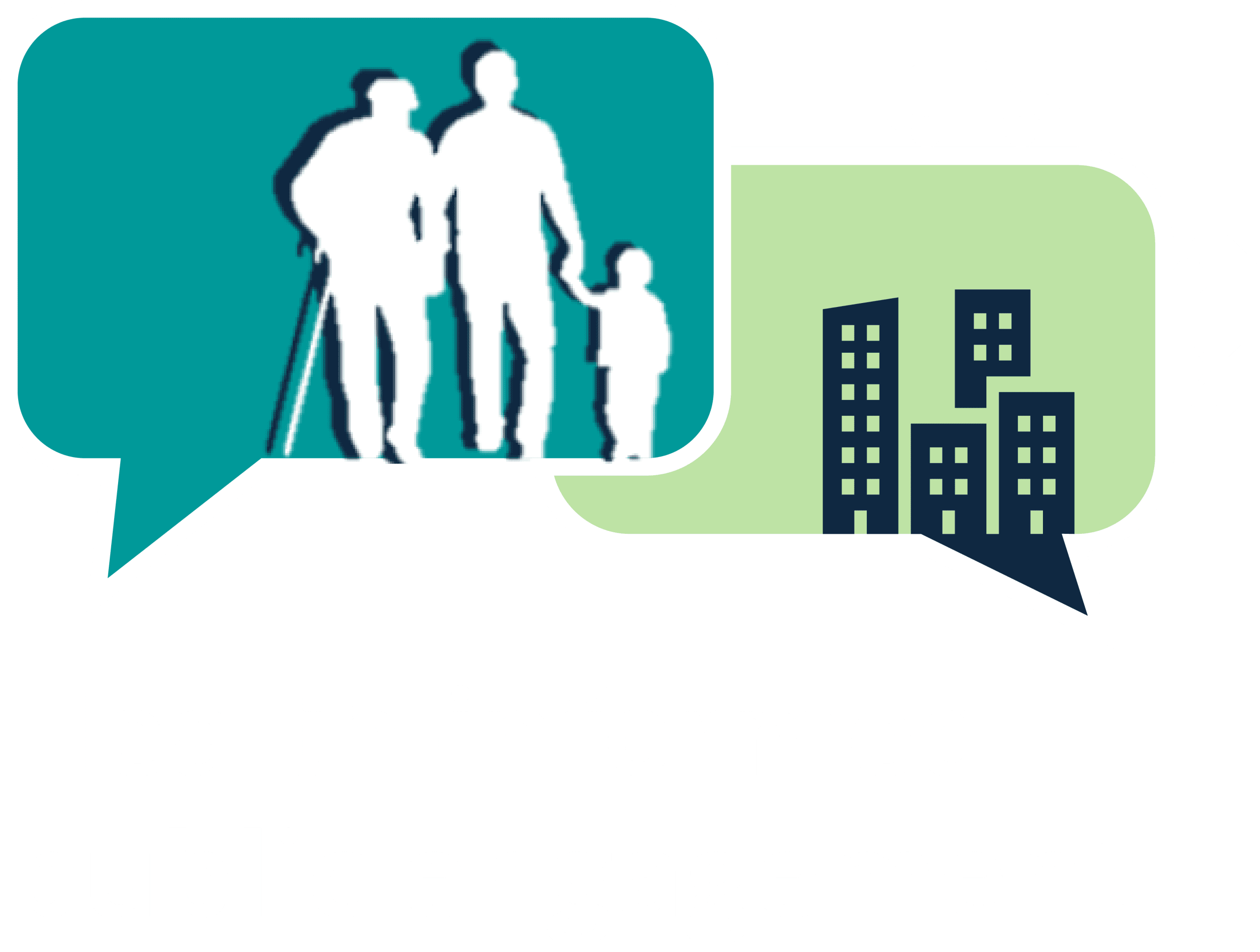5. Final reflections
In this last section we reflect on the wider implications of the learning presented for future planning and implementation of Low Traffic Neighbourhoods as well as traffic and street improvements more broadly. Some of these points are also likely to be relevant to other certain built environment interventions related to the design of public space, as well as other examples.
This toolkit brings together a range of learning and recommendations around the design and implementation of early public engagement, which is informed by health data and evidence, framing theory and creative, deliberative approaches.
When applying this combined learning to the introduction and implementation of Low Traffic Neighbourhoods, or other traffic and street improvement schemes, certain considerations need to be taken into account.
KEY CONSIDERATIONS
Public health contribution
- Given the public health rationale behind LTNs and other traffic and street improvement schemes, close collaboration between the transport and other sectors is crucial. Public health expertise needs to be at the heart of the planning of such schemes, to draw together and apply health evidence in the design of messaging and early public engagement.
- At local authority level, this cross-sectoral working would normally require the active involvement of public health officers and possibly researchers.
- Primary care network staff and local GPs may also have an additional important role to play, given their knowledge of local populations and prevalent health issues and underlying inequalities.
Time frames
- Longer time frames may be necessary, to ensure that early public engagement which collects local lived experience is comprehensive, before moving into any specific design.
Presenting the rationale for change
- From the outset messaging needs to be explicit and consistent about the health rationale for change.
Reporting back
The content and outcomes of both early stages and later design phases need to be reported back to the public, demonstrating how public contributions have been used to inform decision-making options and outcomes (a ‘You Said We Propose’ process – an adaptation of ‘You Said We Did’). This ensures transparency and creates a process of reciprocity.
Synthesising learning
Creating a learning hub to draw on lessons from early public engagement around LTNs and share positive practice and associated methods and materials through detailed case studies would be instructive. The Local Government Association (www.local.gov.uk) might best facilitate such a space, given its existing role in disseminating learning.

APPROACHING EARLY ENGAGEMENT
Following established best practice engagement approaches, the following needs to be considered:
- who (to engage with)
- how (to engage)
- what (should engagement achieve)
- when (to both engage and feedback)
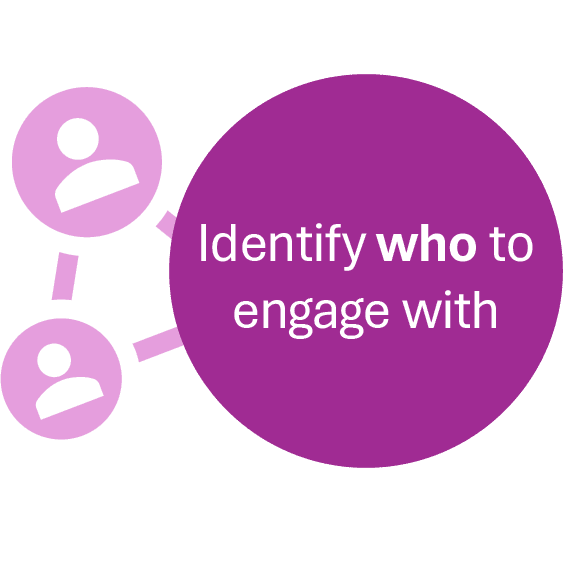
- work closely and consistently with a range of community organisations
- reach out to diverse and representative publics
- make additional efforts to reach those experiencing disproportionate health risks and social inequality
- plan how will you measure and show your outreach to demonstrate the multiple publics you engage with
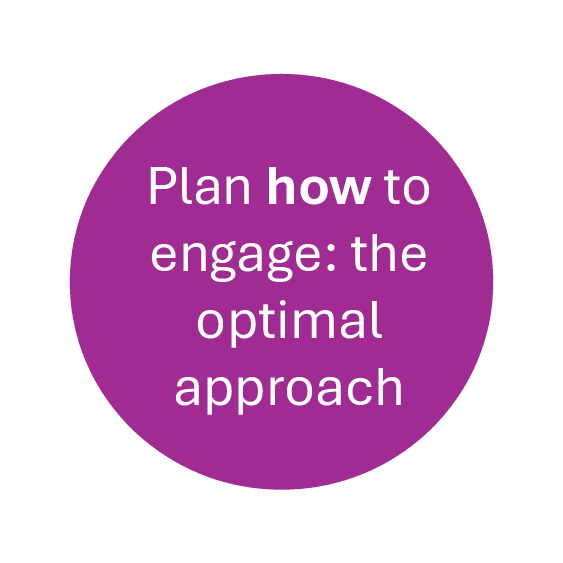
- consider the ‘local information ecosystem’
- assess which methods are needed to reach a diverse range of publics and where they can best be reached
- plan information channel/s, format and language of any communications (multiple languages and ensuring plain English ; no jargon)
- plan the format and reach of online and in-person events and appropriate locations and timings for face-to-face meetings
- include the public as advisors on language and approach
- plan early stage introduction and deliberation of change and collection of experiences, followed by staggered introduction of intervention options
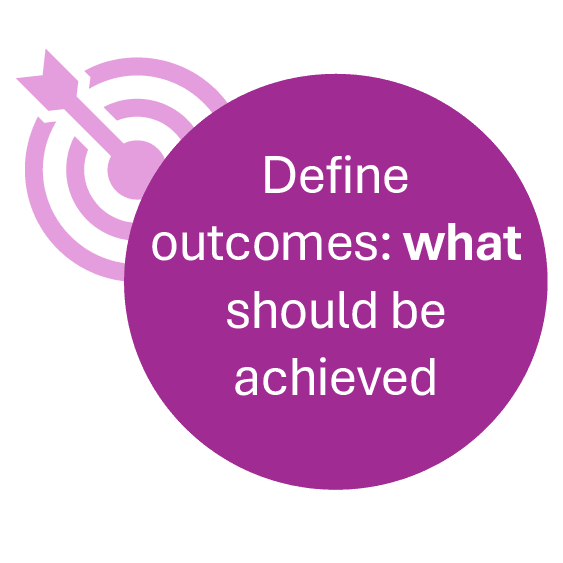
- define and share the goals and planned outputs/outcomes engagement event
- avoid biases in objectives – design engagement activities to meet the needs and expectations of both practitioners and the public, to build reciprocity and trust
- clearly explain the stages and process of engagement
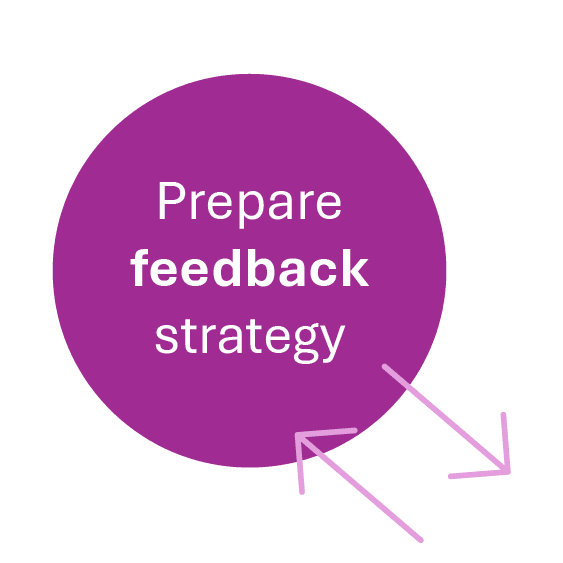
- share how public input has fed into early stages conceptualisation and design
- explain where and why some feedback may not be used
- consider best media for communicating regular information, e.g. newsletters disseminated through established channels within the ‘local information ecosystem’
- do not go quiet – ensure an update is provided every few months to keep the public informed and updated
Funding statement
Our partners






Funding statement
This work was supported by the UK Prevention Research Partnership (award reference: MR/5037586/1), which is funded by the British Heart Foundation, Cancer Research UK, Chief Scientist Office of the Scottish Government Health and Social Care Directorates, Engineering and Physical Sciences Research Council, Economic and Social Research Council, Health and Social Care Research and Research and Development Division (Welsh Government), Medical Research Council, National Institute for Health Research, Natural Environment Research Council, Public Health Agency (Northern Ireland), The Health Foundation and Wellcome.
Our partners






